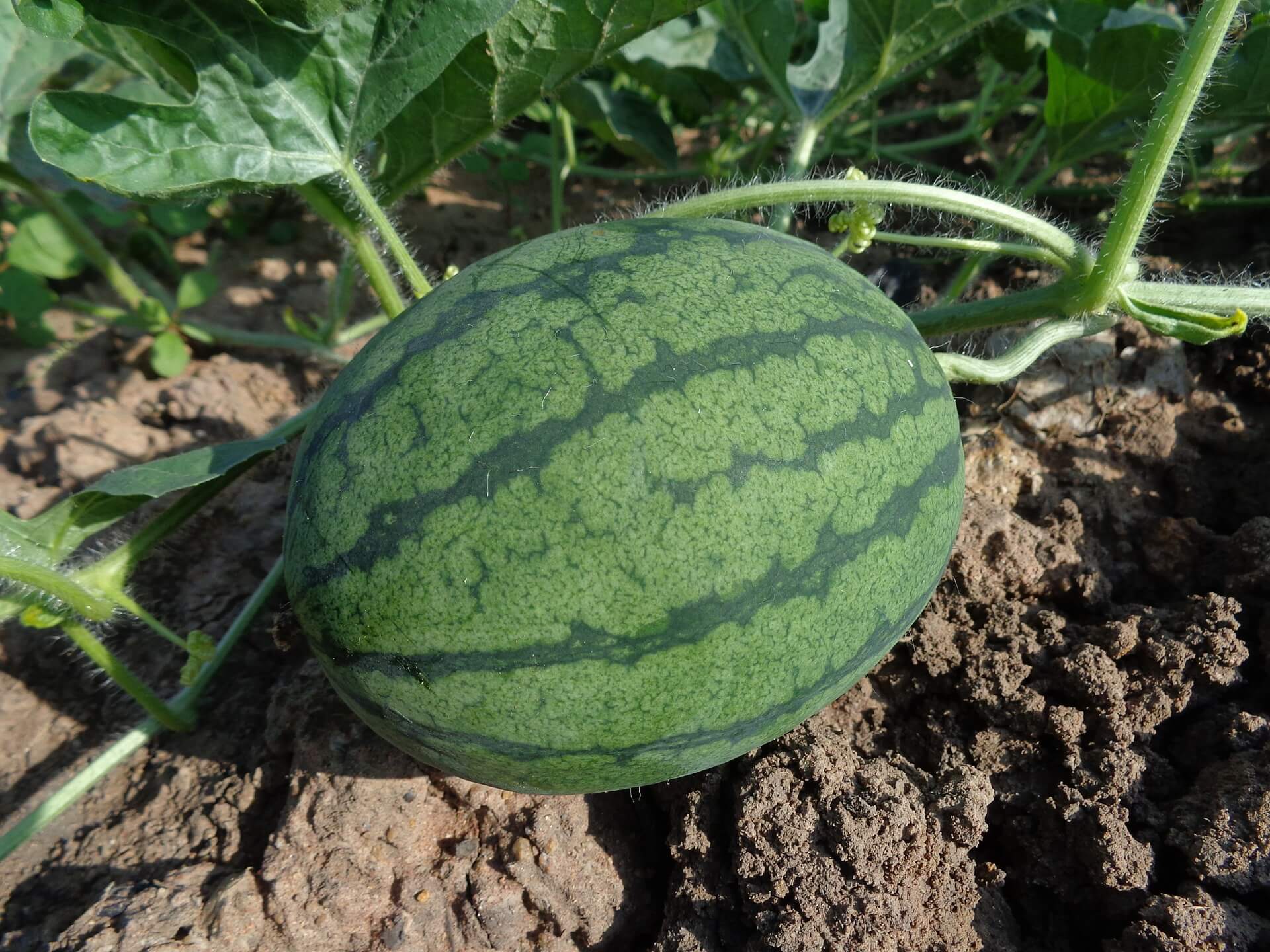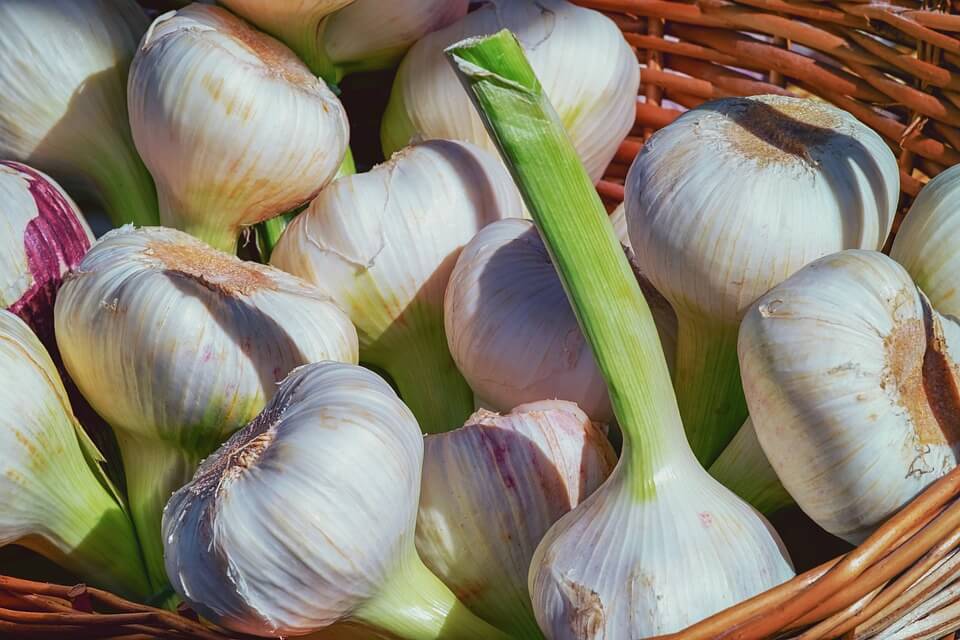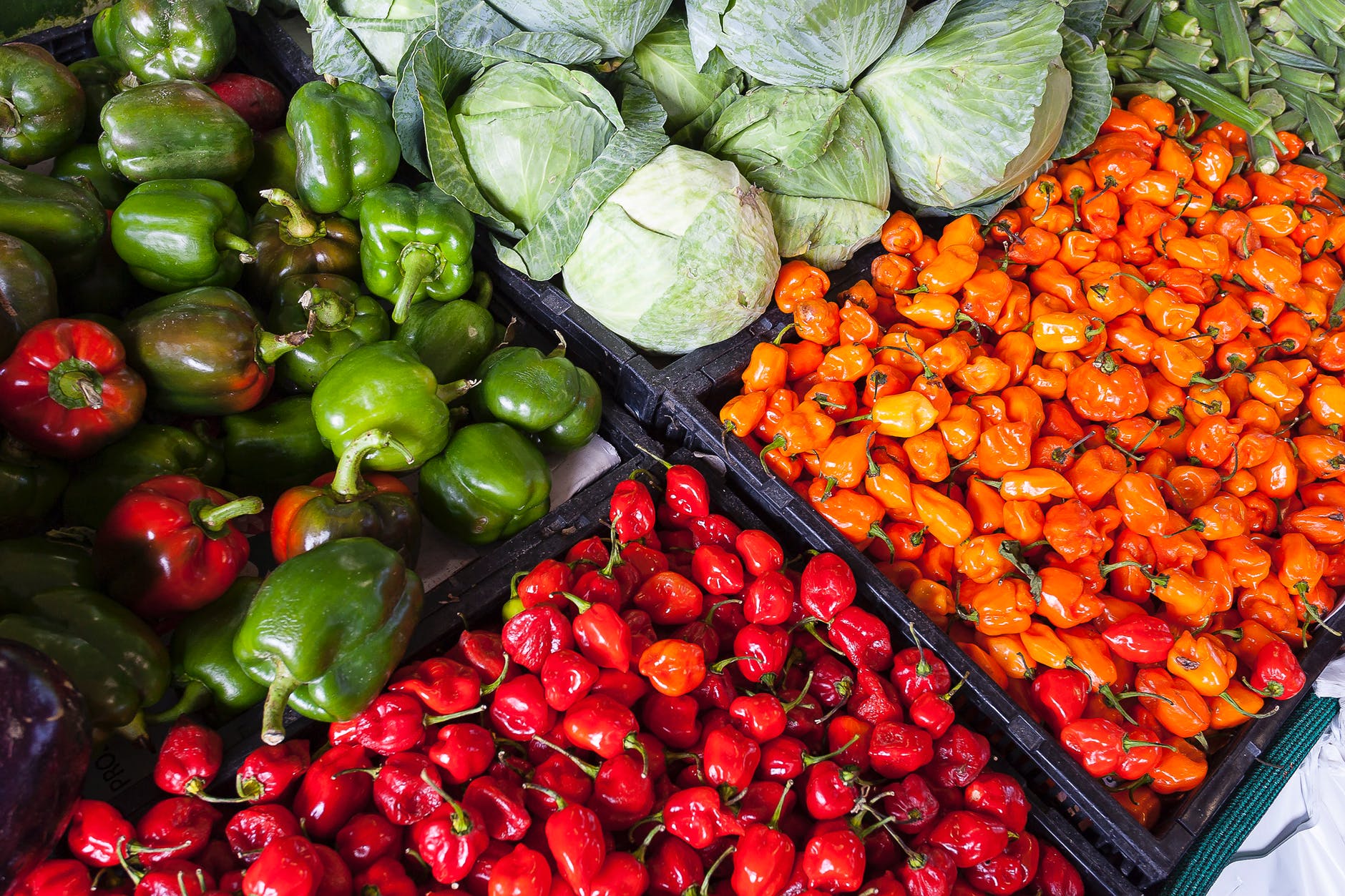When it comes to mushroom farming in Kenya one of the discussions that you will find around this topic is the argument whether mushrooms are vegetables or fruits.
Well, if your reading this consider being lucky because that argument is going to be aired out. Well, scientifically speaking mushrooms are neither considered to be a vegetable or a fruit!
They are actually a fungus type. This revelation shouldn’t discourage you from eating mushrooms. Because the right type of mushrooms has important nutritional elements like folate, vitamin C, iron, zinc, and manganese.
Back to business, do you know that mushroom farming in Kenya has a great potential to create new millionaires among Kenyans? Yes, that is true.
The mushroom farming venture in Kenya is not well tapped and as such the main reason why this article will take you through a ride to exploring potential areas that one needs to consider when thinking to invest in this field.
So, before making any investment, it is always wise to understand the type of product or service that you’re putting your time and money into. Hence the reason we will look at the type of mushrooms available first.
Must read: How Global ties might better Horticultural Farming in Kenya.
Mushroom farming in Kenya – Types of Mushrooms
Mushrooms types are categorized into the following two categories for easier grouping :
- Cultivated Mushrooms
- Wild Mushrooms
Cultivated mushrooms
Almost every type of mushroom that you get at the shop or your favorite grocery is a cultivated mushroom. Rarely will you find wild mushrooms being sold?
It is a health safety procedure for mushrooms to be monitored from growth to harvest before being given to the public hence the reason why cultivated mushrooms are popular on sale.
So here are some types of cultivated mushrooms that you may need to know in order to make the right type of decisions when investing in this sector.
Types of cultivated mushrooms
- White button mushroom
- Black trumpets
- Button
- Chanterelle
- White
- Wood ear
- Shiitake
- Porcini
- Morel
- Nameko
- Matsutake
- Maitake
- Enoki
- Hedgehog
- Lobster
White button mushroom

This is arguably the oldest cultivated type of mushroom that traces its roots to ancient times. And this mushroom type has found its way into Kenyan farms.
This mushroom has a great taste if seasoned with spices and cooked under mild heat. It is popular among many Kenyans because they can easily identify with it from childhood.
Black trumpets mushrooms

Their outer cover ranges from black, grey and dark. You will notice that they also have a thin texture that is soft. And produce an appetizing aroma when being cooked. They are best served with rice, ugali or chapati.
Mushroom farming in Kenya – Button mushrooms

The button mushrooms also come in a variety of colors and sizes. Like some may be a little bit smaller or larger than the average size.
They can be any color from white, tan or cream. You are bound to find them being either dome-shaped or kind of around upper part. This mushroom as a mild flavor.
Chanterelle mushrooms.
Although this type of mushroom grows in the wild still farmers can farm it under controlled conditions. The chanterelle has a strong aroma and taste.
It is recommended to serve this mushroom in small bits with other compliments. Typically the chanterelle has a yellow color with a cup-like shape.
White Mushrooms

Now, for the adventurous eaters out there, the white mushroom is the type that can be eaten raw or cooked.
However, if you prefer to have it raw please make sure that you are one hundred percent with the white mushroom variety.
The white mushroom comes in diverse sizes from tiny ones to like the extra large end of spectrum varieties. And of course, they come in white color.
Mushroom Farming in Kenya – Wood ear
Just like their name suggests, the wood ear mushrooms resemble the shape of the ear and sometimes may look like the color of the wood.
One particular ability of the wood ear mushroom is to absorb flavor from other meals that they are mixed with. It is advisable to mix the wood ear mushroom with meals that have a strong taste.
Shiitake
If you ever come across a mushroom that is too large (ranging from 8-10 centimeters)and flat shaped then chances are that you’re looking at the shiitake mushroom.
The shiitake has a wood-like smell when uncooked but transforms into appetizing sense after being cooked. The shiitake is typically dark and brown in color.
Porcini
Now the porcini is the type of mushroom that compliments well with rice, bread or any other meal that might be considered to be dry.
The porcini has a fleshy body that is perfect to make soup. Another unique characteristic of the porcini is that has long stalks that can range to 10 centimeters.
Mushroom Farming in Kenya – Morel
The morel mushroom types grow wild most of the time. They have short and unique stalks while their color can be black, yellow or tan.
They have a strong flavor and spongy texture. Act as a great dresser for bread, rice or nodules.
Nameko
Nameko mushroom types which have roots from Japan is ideal for making soup. They also have rich taste and flavor coupled with a soft texture.
The nameko has a width of about 3 centimeters on average.
Matsutake
Matsutake mushrooms have the uniqueness to taste as if they have spices. They also have a dense flesh that makes it ideal for making a good soup. You can prepare them to dry fried, grilled or in stew form. Mostly dark brown.
Maitake

These are the weighty mushrooms that can weigh up to 22 kilograms, yes I repeat, they can weigh 22 kilograms per mushroom.
That is why they are called the king of mushrooms. If you’re considering to have a party or big gathering and you would like to prepare mushroom for them then consider the maitake because of their sizeable flesh. The maitake is brown in color.
Mushroom Farming in Kenya – Enoki mushrooms
These are the small-sized type of beans that resemble the sprouting of a bean. The stems of the enoki are long while the caps are small.
The enoki is safe and tasty to eat raw. You also have the option to eat it when cooked in light heat.
Hedgehog mushrooms
Strictly do not eat the hedgehog without cooking, This is a health safety precaution to protect you from some elements in the hedgehog that need to be converted into bearable form through heating. The hedgehog has buff-colored caps and pale stems. has a stingy touch too.
Lobster mushrooms

The lobster mushroom is a popular cuisine in high-end restaurants in Kenya but not well taken up in household consumption. The lobster has a pumped surface and a stingy flavor.
Now that you have a better overview of the types of mushrooms found in Kenya, you should be excited to know the planting process so that you can have the chance to have your favorite mushrooms for selling or subsistence . It is on that note that I have highlighted the following process.
Similar readers visited: The Truth behind successful Fruit Farming in Kenya.
Mushroom farming in Kenya – planting process
Buy or prepare fungus
Depending on the type of mushrooms that you want you might make fungus at home and produce your own fungus for planting mushroom or alternatively you might just go to a supplier and request the type of mushroom you want.
Pack the plastic bags
Now, take plastic bags, then insert in a straw that is around 2-3 inches of holes. Put as many straws in the plastic bag as possible. Then insert in the fungus the holes of the straw until they completely fill.
Related: Dairy farming in Kenya
Incubation
Keep the plastic paper bags which have the fungus at 26 Degrees Celsius on shelves. Keep this incubation area away from light as much as possible.
Fruiting
Immediately you notice pinheads coming out of the plastic paper bags then know that you’re ready for the process of fruiting.
Hence for the fruiting process to be successful you will need the room to be humid at a temperature of around 15-70 Degrees Celsius.
Also at this process, you will need a lot of sunlight at least half a day. Make sure now that you also expose the nags to cool temperatures probably in the evenings. When you see the baby mushrooms penetrating then remove the paper bags.
Harvesting
The best time to know when harvesting has reached is to check on the mushroom caps. If you see they are almost coming out then immediately begin the harvesting since they are now ready. Pluck them out gently to avoid destruction and losses.
Note: On average, and depending on the variety, a mushroom takes between 2 to three weeks to harvest. Hence mushroom farming can be an easy platform to make an income for Kenyans. Other benefits of mushroom farming are outlined below:
Check out: Understanding Crop Farming in Kenya (Complete Guide )
Benefits of Mushroom farming in Kenya
- Mushrooms Can be used farmed in idle facilities: This is clear, you can save money and space by utilizing on already used structures to do mushroom farming.
- Small starting capital: Mushroom farming can earn you massive returns with as little as 5000 Kenya shillings.
- Conserves environment: For those who are environmentally conscious (all of us should be ) then mushroom farming is the best option since this venture process biodegrades.
- Mushroom farming is a recycles agricultural wastes from other crops.
- Harvest is all year round: The harvesting of mushroom does not depend on mushrooms.
Visit this site: Expert Analysis Of Fish Farming in Kenya.
Take away
From the fact that mushrooms are accepted in all cultures and religions in Kenya to the many nutritional benefits that are derived from this crop, it becomes obvious that mushroom consumption is a culture that can be nurtured in Kenya.
On a business angle, mushroom farming as we highlighted in the scripts takes very little space to grow and this space could be an idle building or infertile land.
Furthermore, the small start-up capital and a faster growth rate of mushrooms with unlimited harvesting affirm to the fact that mushroom farming is the ideal venture for the average Kenyan to thrive economically.
Indeed, Mushroom farming in Kenya has the potential to economically lift many lives.













